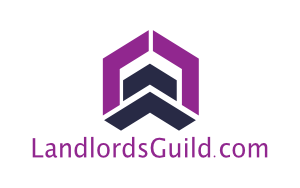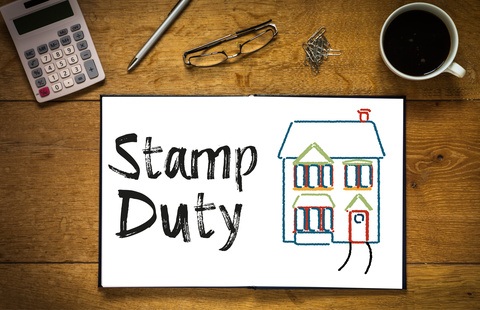Chancellor Rishi Sunak has finally revealed his cuts to stamp duty for home buyers, but property investors still have to fork out more than anyone else.
The policy change affects all home purchases in England and Northern Ireland between July 8, 2020 and March 31, 2021.
The zero-band stamp duty rate for buying a main home is slashed to 0% for properties worth up to £500,000.
The average saving on buying a home is £4,500.
For people buying rental property or second homes, the added 3% surcharge still applies.
For buying a main home, the bands and rates are:
| Property value | Stamp duty rate |
| Up to £500,000 | 0% |
| £500,001 to £925,000 | 5% |
| £925,001 to £1.5 million | 10% |
| Above £1.5 million | 12% |
Source: HMRC
Under the new rates, a property valued at £500,000 or less attracts no stamp duty until April 1, 2021.
For a home valued at £650,000, subtract the £500,000 nil rate band to leave £150,000 liable to stamp duty at a rate of 5%, leaving a bill of £7,500.
For landlords or companies investing in property, the added rate works like this:
| Property value | Stamp duty rate |
| Up to £500,000 | 3% |
| £500,001 to £925,000 | 8% |
| £925,001 to £1.5 million | 13% |
| Above £1.5 million | 15% |
Source: HMRC
Buying a rental home valued at the UK average of £231,855 attracts 3% stamp duty of £6,955.
A £650,000 rental home comes with a stamp duty bill calculated as:
First £500,000 x 3% = £6,955
Next £150,00 x 8% = £12,000
Total stamp duty: £18,955
The new rates apply to England and Northern Ireland.
Stamp Duty rates will revert to their July 7, 2020 levels on April 1, 2021.
Instead of stamp duty, the Welsh Government collects Land Transaction Tax and Scotland has a Land and Buildings Transaction Tax. Neither assembly has yet announced any rate changes.




